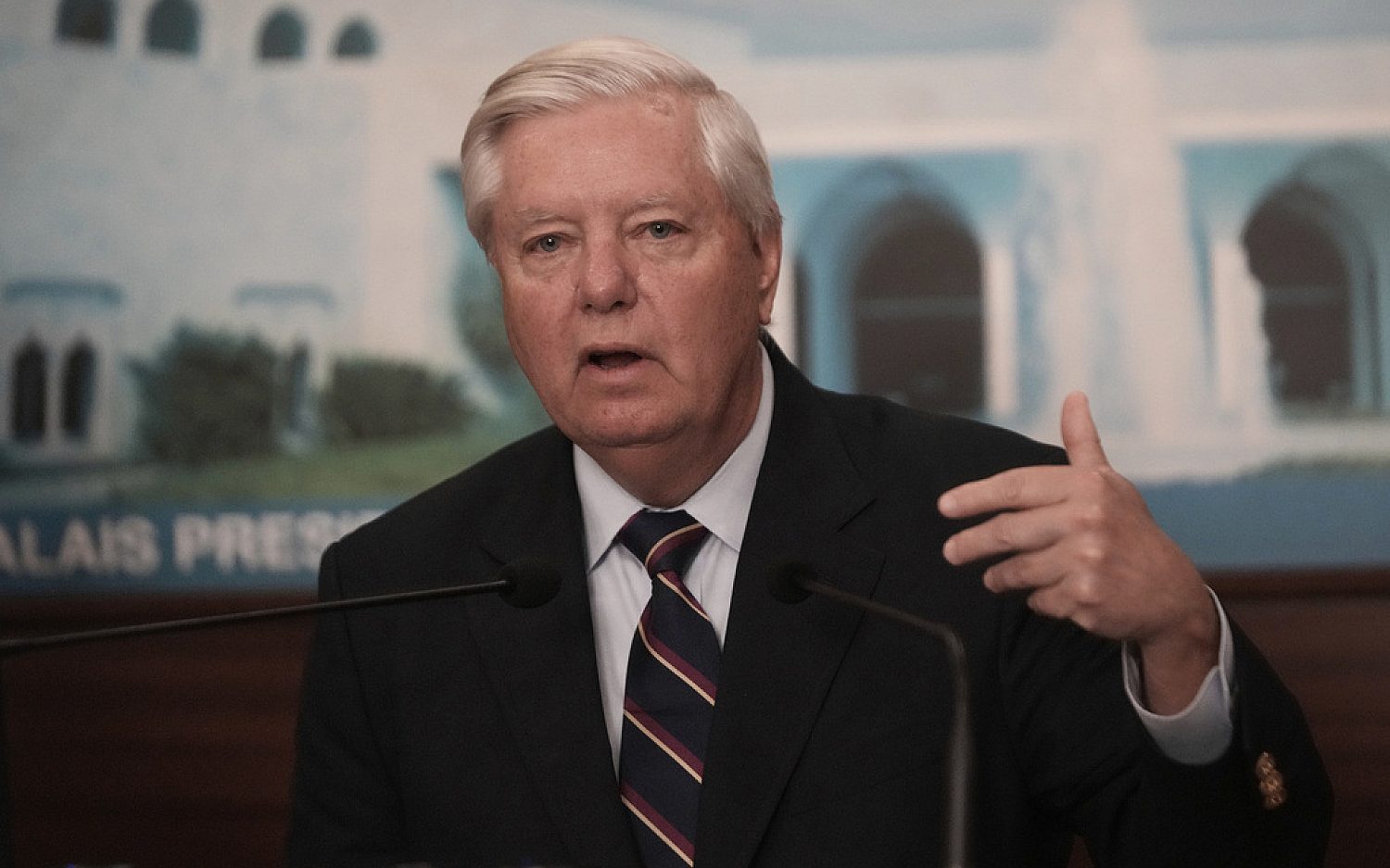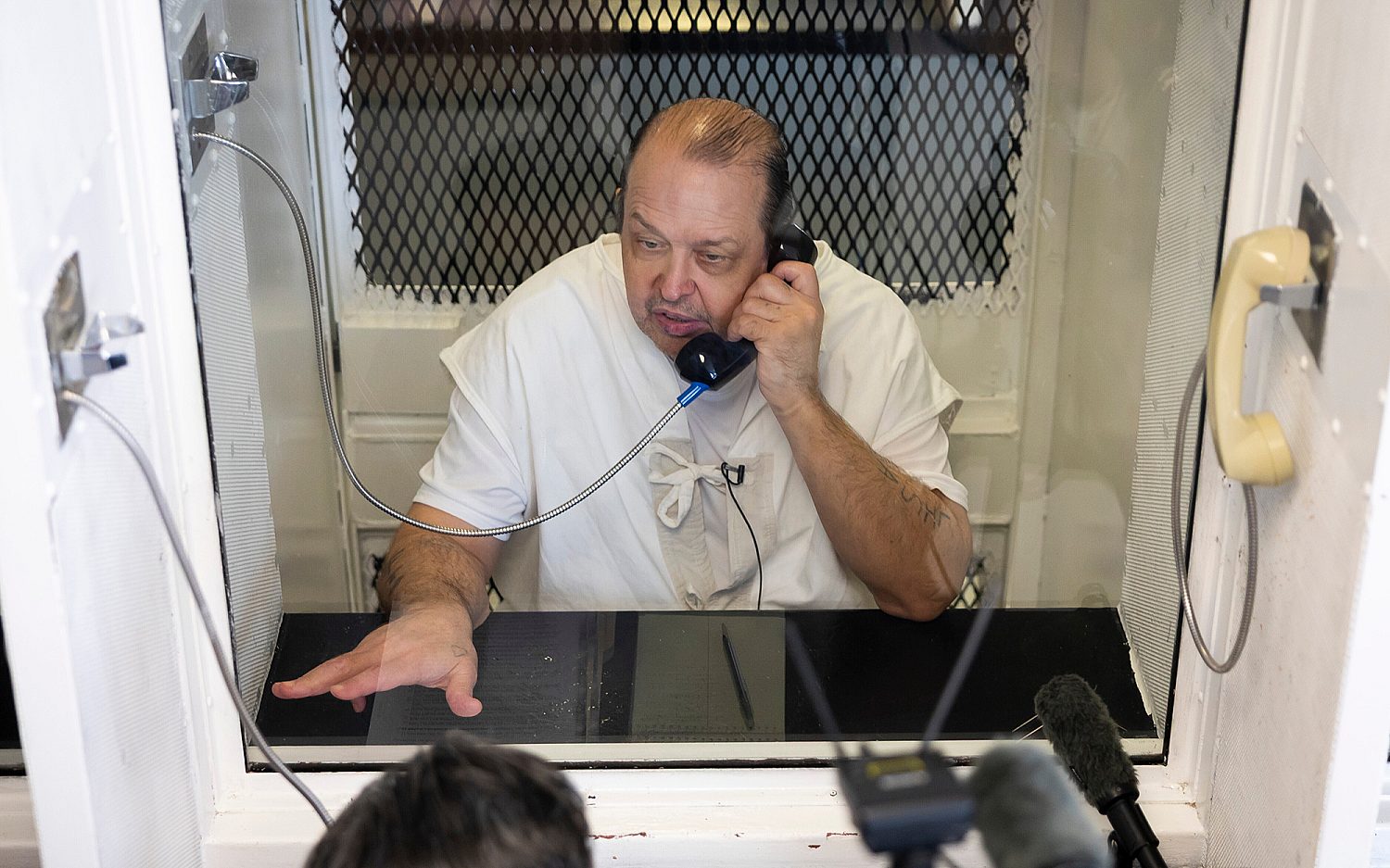Signs and Wonders 07.11
Making a difference? On July 2, the National Catholic Reporter published a list of what it calls "12 Catholic women under 40 who are making a difference in the church." Such lists are usually of little or no news interest. But I thought I would Google a couple of the names to discover an ideological bent and-no surprise if you know NCR's biases and affections-the bent is decidedly liberal. One obvious example: Heather Mizeur, a lesbian and a Democratic member of the Maryland legislature. Given the ongoing clergy sex scandal, you might think a Catholic publication would know better than to celebrate homosexual behavior. I can only assume that the bias is so baked in to NCR's thinking that by now it-and the attendant irony-is unintended.
Stifling innovation. A blogger on The New York Times website touts Rwanda's healthcare system as a model for the United States. Tina Rosenberg wrote that the "Supreme Court decision upholding of the constitutionality of President Obama's healthcare law moves the United States closer to the goal of health coverage for all. All other developed countries have it. But so do some developing nations-Brazil, Thailand, Chile. These countries are mostly middle income. But one country on the list is among the poorest of the poor: Rwanda." She went on to write about Rwanda's dramatic healthcare gains, saying universal healthcare is the key reason. What she fails to mention is that the life expectancy in Rwanda for men, even with recent gains, is still less than 60 years, almost 20 years shorter than in the United States. While all these countries have healthcare systems that are getting better, none of them has a system that is yet as good as the U.S. system. Also, almost all of the technological innovations worldwide in healthcare come from the United States. In fact, one of the most tragic consequences of Obamacare will likely be the way a government-controlled system will stifle innovation and entrepreneurship in the healthcare field.
Don't mess with Texas. The above item is why even though the Supreme Court upheld the constitutionality of Obamacare, it still might bleed to death from a thousand cuts. The most recent cut came from Texas. In a letter sent to U.S. Health and Human Services Secretary Kathleen Sebelius on Monday, Texas Gov. Rick Perry announced that the Lone Star State wouldn't be moving to enact sweeping changes dictated by the new federal healthcare law. According to the law, all states must either devise their own insurance exchanges or accept one created by the federal government. States have also been asked to put more low-income people on Medicaid, but the Supreme Court ruling said the federal government can't punish states that refuse to do so. Perry is defying both measures. "I look forward to implementing health care solutions that are right for the people of Texas," he wrote. "I urge you to support me in that effort. In the meantime, the [Patient Protection and Affordable Care Act's] unsound encroachments will find no foothold here." He added, "Neither a 'state' exchange nor the expansion of Medicaid under the Orwellian-named PPACA would result in better 'patient protection' or in more 'affordable care.' What they would do is make Texas a mere appendage of the federal government when it comes to health care." Perry later said in a statement, "I will not be party to socializing health care and bankrupting my state in direct contradiction to our Constitution and our founding principles of limited government."
Battle of Fort Stevens. With all this talk about the states fighting back against the federal government, I couldn't help but notice that on this date in 1864 the Civil War Battle of Fort Stevens took place. If any battle can symbolize the one aspect of the war, state's rights versus a centralized federal government, it was this relatively unknown battle, which was the Confederate Army's only serious attempt at attacking Washington, D.C. It ended with a Union victory, and it has the distinction of being one of the few battles President Abraham Lincoln personally viewed, as the battlefield is within five miles of the White House. In fact, Lincoln and his wife, Mary, came briefly under fire as they stood on the parapets of the fort to observe the fighting. Today, a small portion of the battlefield is preserved in northwest Washington as a park and playground. Nearby are the Georgia Avenue Thrift Store and the Latin American Montessori Bilingual Public Charter School, not to mention a Domino's Pizza and a CVS Pharmacy. Standing on what is today an urban, even inner-city site, it's hard to imagine 20,000 troops, about 10,000 on each side, in pitched battle. It is also hard, but interesting, to imagine how our conversations about such issues as Obamacare would be different today-for good or for ill-if this small battle almost within sight of the Capitol dome had turned out differently.
An actual newsletter worth subscribing to instead of just a collection of links. —Adam
Sign up to receive The Sift email newsletter each weekday morning for the latest headlines from WORLD’s breaking news team.





Please wait while we load the latest comments...
Comments
Please register, subscribe, or log in to comment on this article.